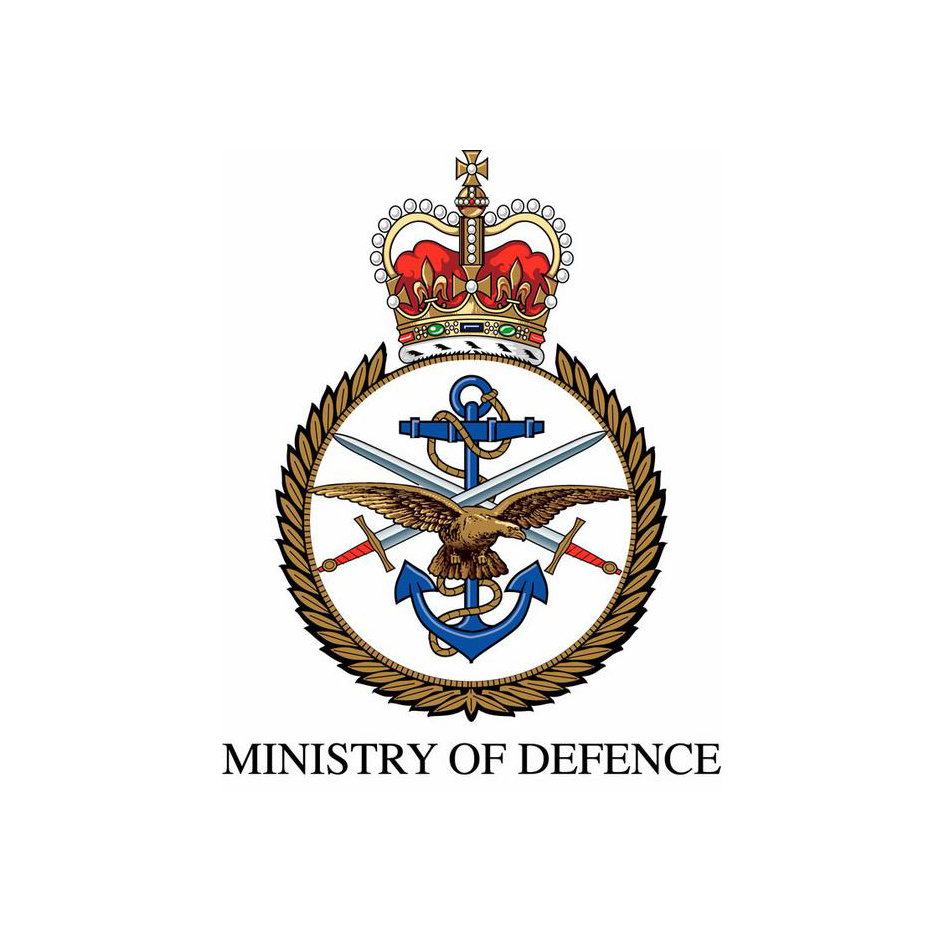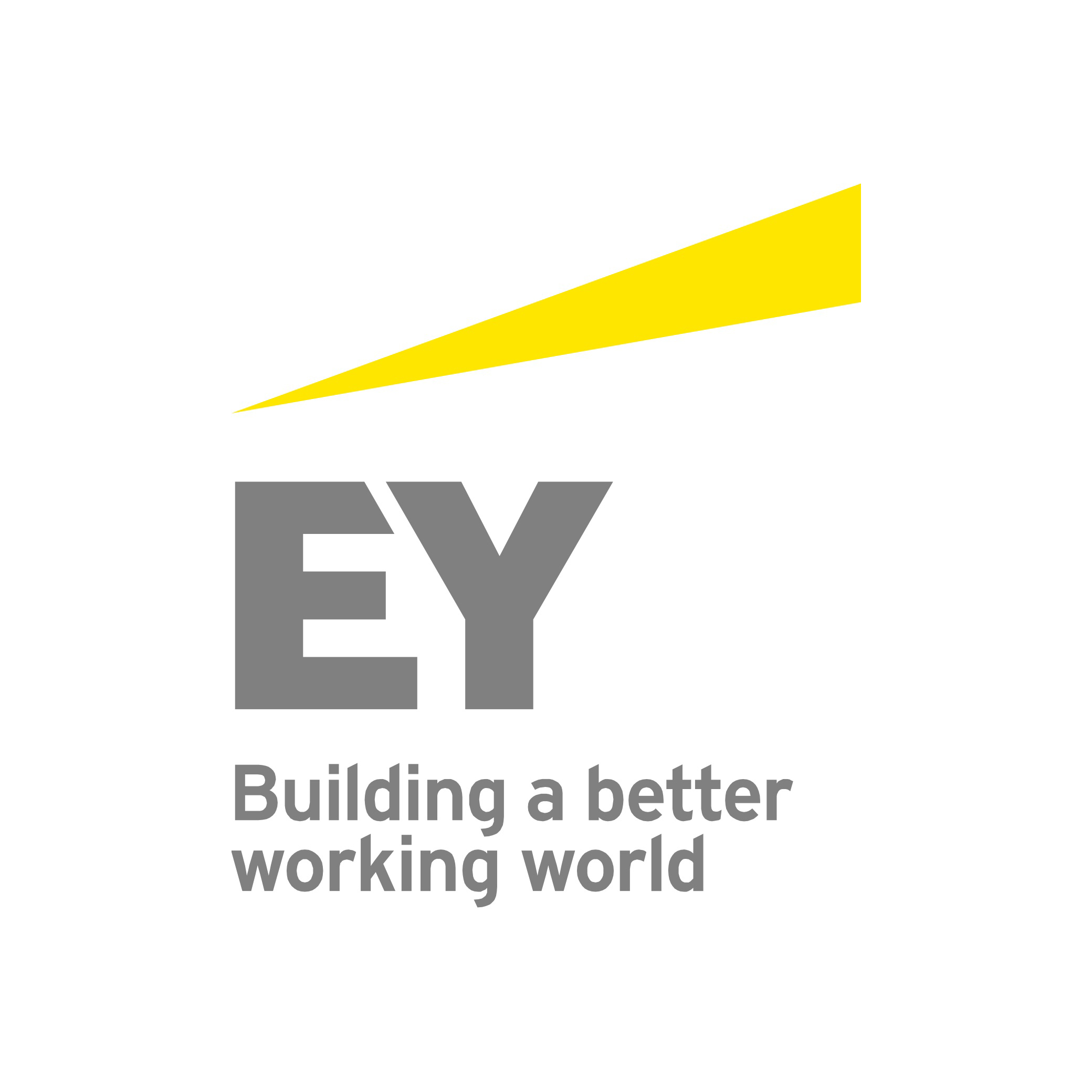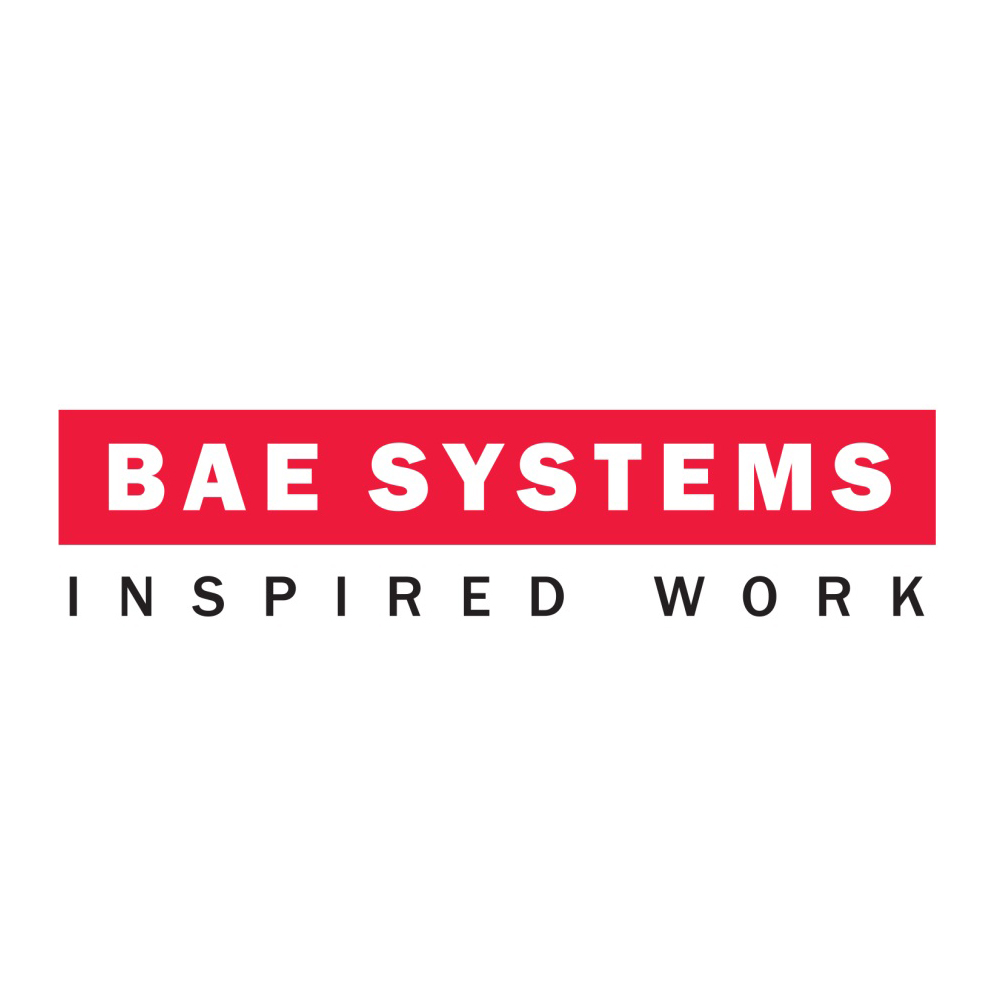Hardcat empowers you to maximise the benefits of your asset management software by ensuring comprehensive traceability of your investment across the entire life cycle of your assets, encompassing planning, acquisition, deployment support, operational tracking, and maintenance management. It captures all vital details to aid in determining the optimal timing and approach for operational activities, disposal, and replacement, facilitating informed decision-making throughout.
Employing enterprise asset management software offers numerous benefits including streamlined asset tracking, improved maintenance scheduling, enhanced resource allocation, and increased operational efficiency. Additionally, it provides valuable insights into asset performance, facilitates compliance with regulations, and ultimately helps organisations optimise their asset utilisation, reduce costs, and maximise return on investment.











